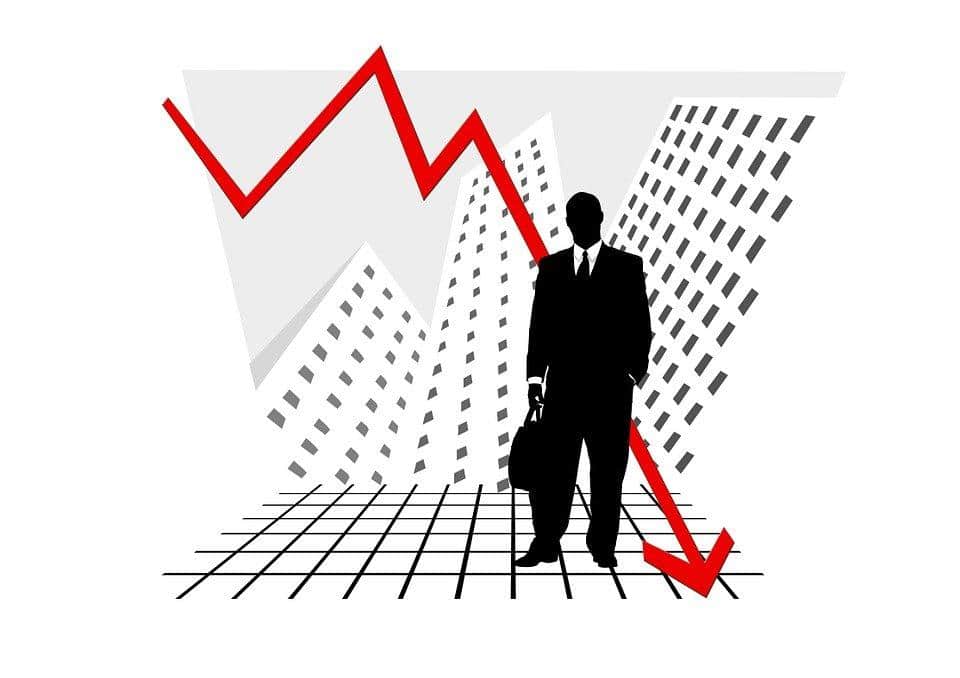
Insolvency refers to the situation when individuals or businesses are unable to pay their debts on the due dates, and they cannot cover the debts either, due to insufficient assets.
Insolvency can be in two forms:
- Balance sheet insolvency
- Cash Flow Insolvency
Insolvency and its effects
When it comes to a business, it is the responsibility of the company directors to know if the company is trading while it is insolvent. The directors can be held legally responsible if they continue trading in this situation. If the warning signs of insolvency are not recognized and dealt with promptly, then it can lead the company to bankruptcy gradually.

Causes of increasing debt
There are various reasons why businesses acquire debts. If the debt is too much for them to resolve, the business cannot be profitable. Similarly, if the demand for their services and products declined, the company can be led to insolvency. External affairs can also be the cause of increased debt as well. The main reasons for increasing debts are listed below.
Poor market conditions
A business can be influenced by the economic cycle. Whether the economy is expanding or there is a break or recession is not within your control. A slow economy can result in reduced revenue. Shifts in customer preferences, in niche markets, especially, can lead to fluctuations too. Moreover, if larger companies offer competition, it can bankrupt smaller businesses. When you lose trade accounts, it compels you to find new ways of producing sales and reducing overhead costs because you are forced to face the financial consequences otherwise. Economic factors can influence these circumstances.
Lack of financing
Financing is always a concern for businesses, especially small businesses. Being a business owner, you may have taken out loans to start and sustain the business operations. Now, if you ask for additional loans, lenders can be fickle. It is very common to be forced into bankruptcy and insolvency when additional funding is denied. However, even short-term financing is not able to keep a business going through the loss because high debt and interest rates can lower profitability.
Improper planning
If you fail to plan, it can lead to poor decisions. For instance, when you are developing a new product, you need to study what customers need, how the product will work for them, and how much it will cost to produce it. Even if the product is useful, it is not helpful for the company if it does not make a profit. Educate yourself and gain experience in management and finance to reduce your chances of making mistakes. Strong management control is crucial to deal with day-to-day issues, understand the overall market and your customers, and develop a business plan. Otherwise, you will have to deal with dissatisfied customers, unscrupulous creditors, and exceeding costs.
Poor cash flow management
Even with your company making money, you must manage cash flow properly, or you will be facing issues with paying creditors. Not only your debt may increase, but you may also have more stock than you can sell. Other issues caused by this include late invoicing, poor accounting practices, inaccurate forecasting, and failure of the overall capital planning strategy. Ultimately, poor cash flow management leads small businesses to failure.
Like economic factors, there are some other issues that you cannot control, such as unexpected loss of employees, a less than ideal business location, lawsuits, and unforeseen disasters. These factors can also drive the business into increasing debt.
Some common warning signs of insolvency
Business owners must notice the warning signs of insolvency so they can act accordingly before it is too late. You should monitor your business closely so you can avoid the worst-case scenario through early intervention. Here is a list of warning signs that your business is being led to insolvency.
Insufficient cash reserves
Businesses must look to service their ongoing and existing debts and obligations first. However, it is also essential to have reserves in place to deal with fun growth strategies, unexpected events and leverage opportunities as they arise.
Inability to access finance
If a company cannot access finance because it is at the limit of its borrowing capacity or the banks consider it too risky, it is a significant warning sign of insolvency.
Poor cash flow management
Apart from being a major cause of increasing debts, poor cash flow management is also a huge warning sign of insolvency. If the business is unable to manage cash flow strategically, the otherwise-insignificant business events may become catastrophic. Along with paying increased interest rates, it may include losing a major customer.
Opaque reporting
Businesses at risk of insolvency may have unnecessarily complicated financial reports that are difficult to understand and do not clearly show where income or losses are coming from.
Late payments
Companies that are in financial distress often request extensions or emergency funding, hold back payments, or fail to pay invoices. If you cannot pay your company’s obligations in full and on time, it is a concerning matter.
Staffing issues
If the company experiences excessive staff turnover, and there are issues of late payments, it is a sign that either cash flow is not managed well, or the funds are not available.
Lack of attention to market fluctuations
If business managers do not pay careful attention to the landscape they operate in, it is possible to miss opportunities. It leads the company to fail to keep up with the competition. Declining sales give away an early warning sign that the company needs to change, or the business can be at risk.
Over-reliance on key personalities
Some businesses can succeed by depending on one or two key people, but this strategy is very risky. If these people quit, the business becomes unable to operate. Therefore, it is recommended to structure the business in a way so the company does not have to rely on one or two individuals.
No clear business model and reluctance to address issues are also warning signs of insolvency. Try to keep an eye on all the warning signs mentioned above so you can act sooner.







